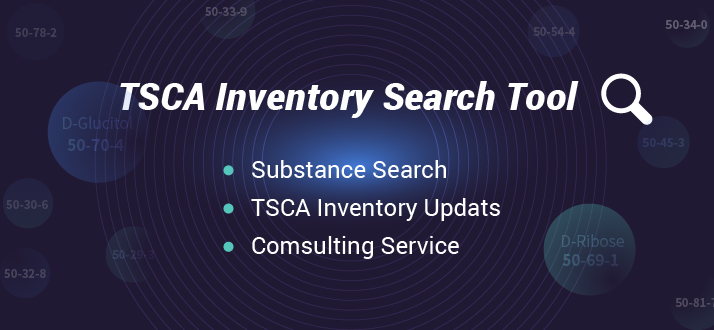China Issues the 2012 New National Essential Drug List
On 13 March 2013, the Ministry of Health (MOH) issued the 2012 version of the National Essential Drug List (NEDL), which will come into effect on May 1st this year. Updated every three years, the latest 2012 version covers a total of 520 medicines, consisting of 317 chemical medicines and biological products and 203 Chinese patent medicines.
Compared with the 2009 version, the main changes are as below:
>>The number of essential drugs increased, with 213 additions to the list. Nearly 200 of the total 520 essential drugs are drugs used in pediatric medicine, including all the vaccines used on children in the national immunization scheme.
>>The NDEL structure has been optimized, a new category of antitumor drug is supplemented to meet healthcare needs.
>>The drug delivery methods (e.g. pill, powder,cream, ointment,etc.) and dosing protocols have been standardized to promote national uniformity on pricing, bidding, purchasing and monitoring of drugs. 213 new medicines are included in the NDEL, the number of drug delivery methods for specific drugs diversified greatly reflected in an increase from 780 to 850 while diversity on dosing protocols decreased from 2600 to 1400.
The drugs labeled as “Essential” are selected to meet the most fundamental health needs of the population. The NEDL has been expanded, which means more medicines will be covered by the national reimbursement catalogue under the National Basic Medicare Insurance schemes. After analysis of the 2009 NEDL, an initiative is also in place to partially or fully reimburse for commonly used and therapeutically useful drugs that were not listed on the 2009 NEDL.
Chinese pharmaceutical manufacturers now face an interesting dilemma in choosing to mass produce cheaper, more commonly used drugs in an inherently more competitive market or turn their efforts towards research and development of proprietary patentable drugs and capture a more niche market. In the past, the essential drug system has not been effectively implemented resulting in a market flooded with low-cost drugs of poor quality caused by ultra-competitive bidding during the government’s drug acquisition process. With the release of the latest NEDL, a new round of government-led pricing and bidding will be carried out. As the Chinese pharmaceutical industry slowly shifts it emphasis from generic drug production we can expect heavy losses for many smaller companies previously reliant on production of these low cost, mass produced drugs of inferior quality. As for those having patented brands listed on the NEDL, they can expect to see growth in the following three years. The future for the Chinese Pharmaceutical market seems bright and the outlook for public health even brighter.
Please note that this article originates the Chemlinked, for more information please visit www.chemlinked.com.
